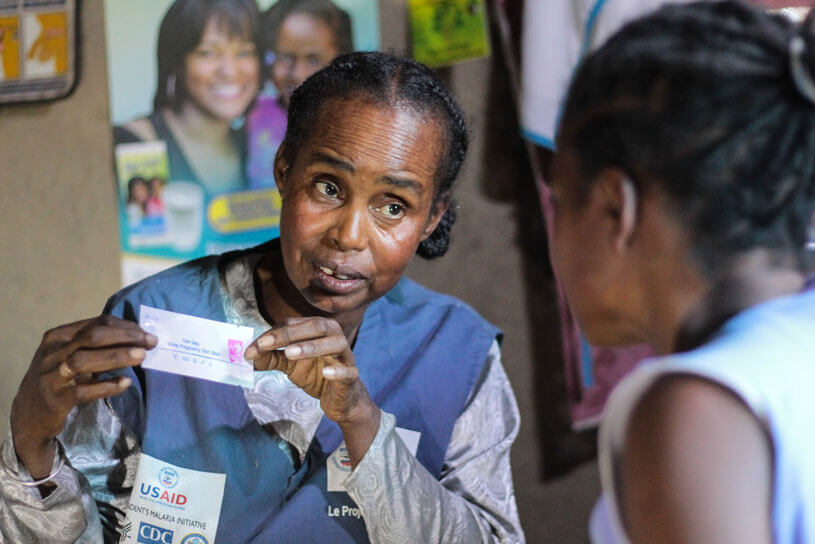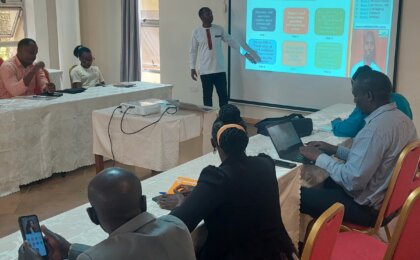The History of PHC (Part 2): The Alma Ata Declaration of 1978!
The Alma Ata Declaration (or the International Conference on Primary Health Care) took place from 6th-12th September 1978 at Alma Ata in Russia (WHO, 2018). According to Cueto (2004), about 3000 delegates (from 134 governments and 67 international organizations) attended the conference.
READ THIS TOO: The history of primary health care-PHC (Part 1)

Choosing the place for Alma Ata Declaration
Details Orchestrated by David Tejada-de-Rivero (the WHO assistant director general) and wholeheartedly co-organized with Russia, the conference was remarkably marketed and attended. Surprisingly, due to some political reasons (probably the Sino-Soviet conflict in 1960s), China was absent. Marcos Cueto affirms that actually the idea to have a conference on PHC was sold to WHO by Chinese delegate.
China’s great success in rural medical services (barefoot doctors), her entry into United Nations system, including WHO, and her delegate to WHO suggesting the idea of International Conference on PHC all greatly influenced and pushed for PHC idea. And yet, sadly, she couldn’t attend.
Soviet Union (Russia), on the other hand, had first opposed the motion and stood for vertical health programs. However, after noticing that actually PHC movement was growing stronger with or without her, Russia, through her WHO delegate in 1974 accepted to be part of it on one condition; the conference takes place on Russia or Soviet soil (Paterson 1974).
Well, WHO and other few members first refused the proposal and searched for alternative places. Cueto (2004) says that Iran, Egypt, and Costa Rica entertained the idea but, for some reasons (for example, failure to overtake Soviet Union that had promised to sponsor the conference with about 2 million US dollars and, in the case of Iran, there was fear of political instability), they later declined.
WHO returned to Russia’s proposal but suggested a different location other than Moscow and, following some discussions, Alma Ata (probably due to remarkable health improvements there) was chosen.
READ THIS TOO: 10 Health crises happening in Uganda other than COVID-19
Convincing delegates at Alma Ata Declaration
The 1978 H. T. Mahler document ‘World Health is Indivisible: Address to the Thirty-First World Health Assembly’ clearly reveals the powerful illustrations and rhetorical approaches that this leader employed to sell PHC idea to the 3000 delegates (WHO, 1978).
Marcos Cueto vividly writes that ‘at the opening ceremony, Mahler challenged the delegates with 8 compelling questions that called for immediate action’. By the end of the conference (on 12th September 1978), ‘Health for All by 2000’ had been accepted and the ‘declaration’ was approved by ‘acclamation’.
Cueto (2004) emphasizes that actually WHO and UNICEF, in various conferences and discussions, had popularized the idea and declaration even before the conference and by the time of voting for approval, most delegates already knew and supported it.
Alma Ata Declaration on PHC: What is PHC?
The declaration emphasized appropriate technology in opposition to medical elitism, community participation, training of lay health personnel instead of over-specialization in developing nations, linkage between health and development, scientifically sound, financially feasible, and socially acceptable methods, intersectoral approach, and construction of health posts in rural areas (WHO, 1978).
In general, asserts Sanders (2014), Obimbo (2003), and Jolly (2018), PHC was ‘comprehensive’ embracing both curative and preventive interventions.
According to Rasanathan et al., 2010, PHC had social and political implications. It emphasized that both social and political environments would favor or discourage its progress. In a paper entitle ‘PHC and Social Determinants of Health,’ the researcher and friends pointed out that ‘social determinants’ is a shorthand for the broad and complex array of social, political, economic, environmental, and cultural factors that determine or influence health.
In the same move, the World Health Organization, in its 1978 declaration, made it clear that governments were responsible for people’s health and health was a right to everyone. For this reason, political will, intersectoral collaboration, community participation were one of the founding pillars of PHC concept (WHO, 1978).
The 32nd World Health Assembly in Geneva approved the declaration by asserting that PHC was the way to attaining an acceptable level of health for all.
From then, writes Marcos Cueto, Mahlerr himself went on advocating for PHC through papers and speeches with great titles; health and justice (1978), the political struggle for health (1978), the meaning of health for all by 2000 (1981), eighteen years to go to health for all (1982).
Unfortunately, despite this enthusiasm and the world’s agreement to take on PHC, issues came up within just one year following the declaration. In the next section, we will look at these issues that challenged PHC, giving rise to selective PHC. For now, God be with you.
READ THIS TOO: The History of PHC (Part 3): Introduction of Selective Primary Health Care



